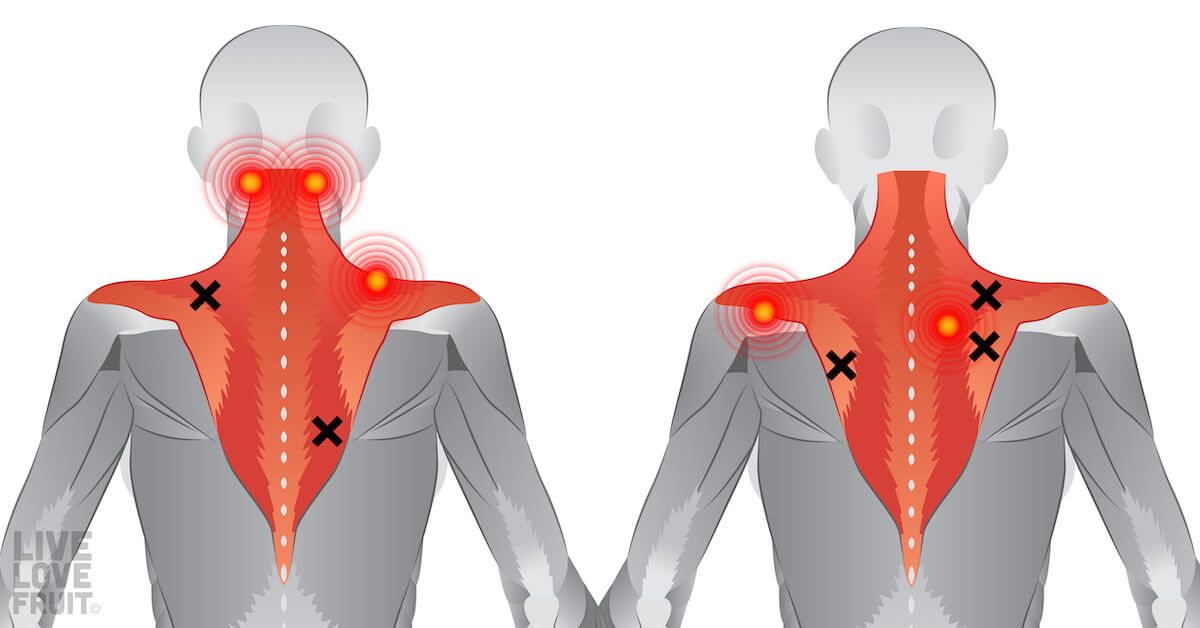
How can stiff and tight muscles result in back pain? This article delves into the intricate relationship between muscle tension and back discomfort, exploring the mechanisms by which muscle stiffness and tightness can trigger pain and impair mobility.
For those who have lost their beloved mothers, Happy Heavenly Mother’s Day . While their physical presence may be gone, their love and memories will forever remain in our hearts. We honor their legacy and cherish the time we shared.
When muscles become stiff and tight, they can exert excessive force on the spine, leading to misalignment and compression of nerves. This cascade of events can result in a range of symptoms, including pain, discomfort, and reduced range of motion.
Stiffness and Muscle Tightness

Stiff and tight muscles can be a major contributor to back pain. When muscles are stiff or tight, they can put pressure on the spine, nerves, and other structures in the back, leading to pain and discomfort. Some common muscle groups that, when tight or stiff, can cause back pain include the:
- Hamstrings
- Quadriceps
- Gluteals
- Erector spinae
- Trapezius
Impact on Spine Alignment
Stiff and tight muscles can affect the alignment of the spine, leading to pain and discomfort. When muscles are tight, they can pull the spine out of alignment, causing the vertebrae to become compressed or misaligned. This misalignment can put pressure on the nerves and other structures in the back, leading to pain.
Nerve Compression, How can stiff and tight muscles result in back pain?
Tight muscles can compress nerves in the back, leading to pain, numbness, and tingling. When muscles are tight, they can put pressure on the nerves that run through the back, causing them to become irritated and inflamed. This irritation and inflammation can lead to pain, numbness, and tingling in the back, buttocks, and legs.
In addition to expressing gratitude, it’s also important to prioritize health and fitness. For those seeking to reduce lower back fat, consider incorporating exercises such as squats, lunges, and planks into your workout routine.
Reduced Range of Motion
Stiff and tight muscles can limit range of motion in the back, making it difficult to move and perform everyday activities. When muscles are tight, they can restrict the movement of the spine, making it difficult to bend, twist, and reach.
This reduced range of motion can make it difficult to perform everyday activities, such as getting out of bed, bending over to pick up something, or reaching for something on a high shelf.
Trigger Points
Trigger points are small, painful knots that can form in muscles when they are tight or stiff. Trigger points can refer pain to other areas of the body, including the back. When a trigger point is pressed, it can cause pain in another part of the body, such as the neck, shoulders, or head.
Posture and Ergonomics
Poor posture and improper ergonomics can contribute to muscle stiffness and tightness. When you sit or stand for long periods of time in an awkward position, it can put strain on your muscles and lead to stiffness and tightness. This stiffness and tightness can then lead to back pain.
There are a number of ergonomic principles that can help prevent or alleviate back pain related to muscle tension. These principles include:
- Sitting up straight with your shoulders back
- Keeping your feet flat on the floor
- Using a lumbar support pillow to support your lower back
- Taking frequent breaks to move around and stretch
Final Thoughts: How Can Stiff And Tight Muscles Result In Back Pain?

Understanding the link between muscle stiffness and back pain is crucial for effective pain management. By addressing muscle tightness through stretching, massage, and targeted exercises, individuals can alleviate pain, improve posture, and enhance overall well-being.
FAQ Compilation
Can tight hamstrings cause back pain?
Yes, tight hamstrings can pull on the pelvis, causing it to tilt forward and putting strain on the lower back.
Wishing all the amazing mothers out there a Happy Mother’s Day . We celebrate your unconditional love, unwavering support, and endless sacrifices. May your special day be filled with joy, laughter, and love.
How can I relieve back pain caused by tight muscles?
Stretching, massage, and heat therapy can help relax tight muscles and alleviate back pain.
Lastly, we present a collection of Happy Mother’s Day images that capture the essence of this special occasion. Share these beautiful images with your mothers to express your love and appreciation for their unwavering support and endless sacrifices.
What are trigger points and how do they relate to back pain?
For those who wish to express their gratitude in German, the traditional Happy Mother’s Day greeting is “Herzlichen Glückwunsch zum Muttertag!” Send this heartfelt message to show your love and appreciation for all the mothers in your life.
Trigger points are tight knots in muscles that can refer pain to other areas of the body, including the back.







